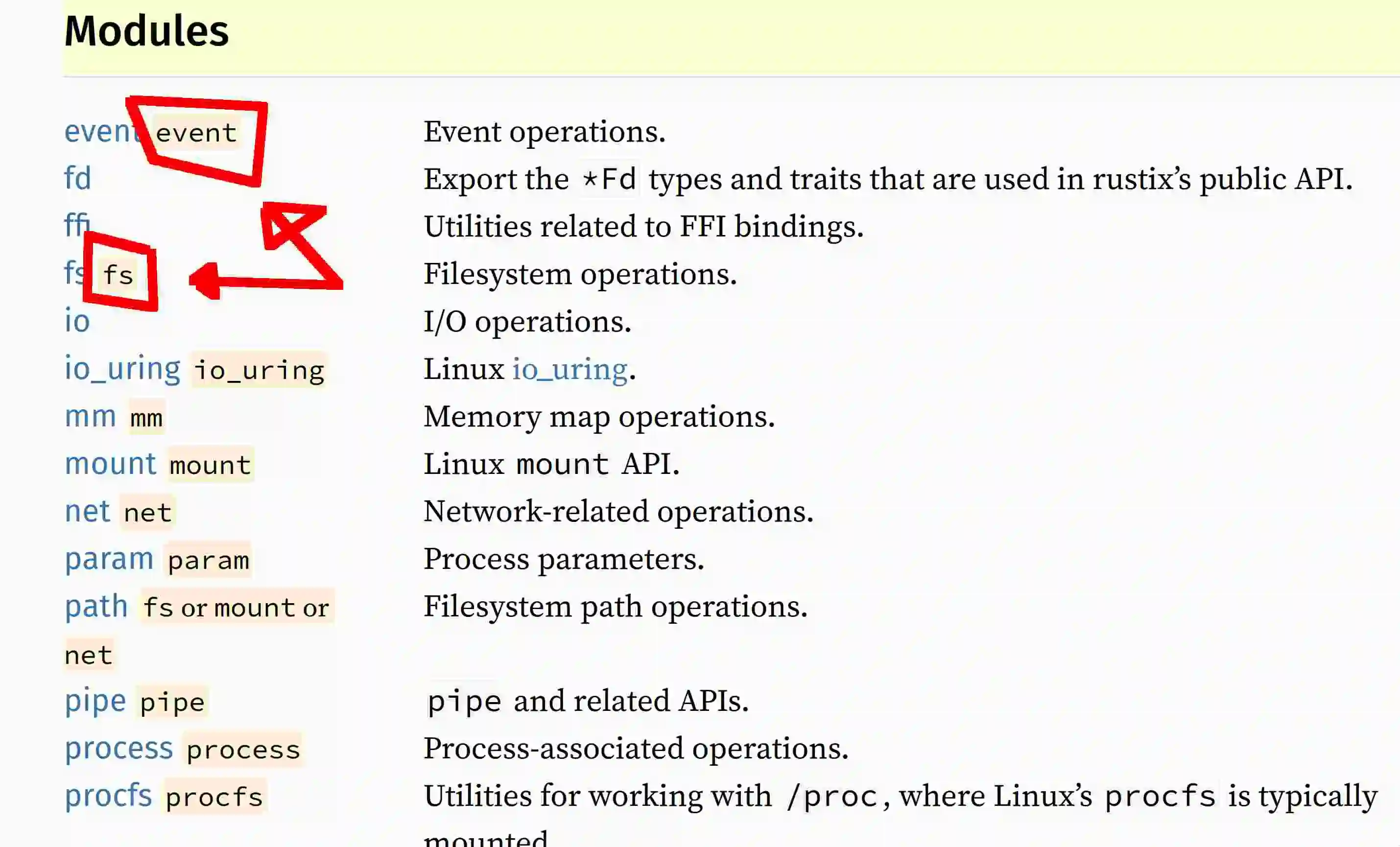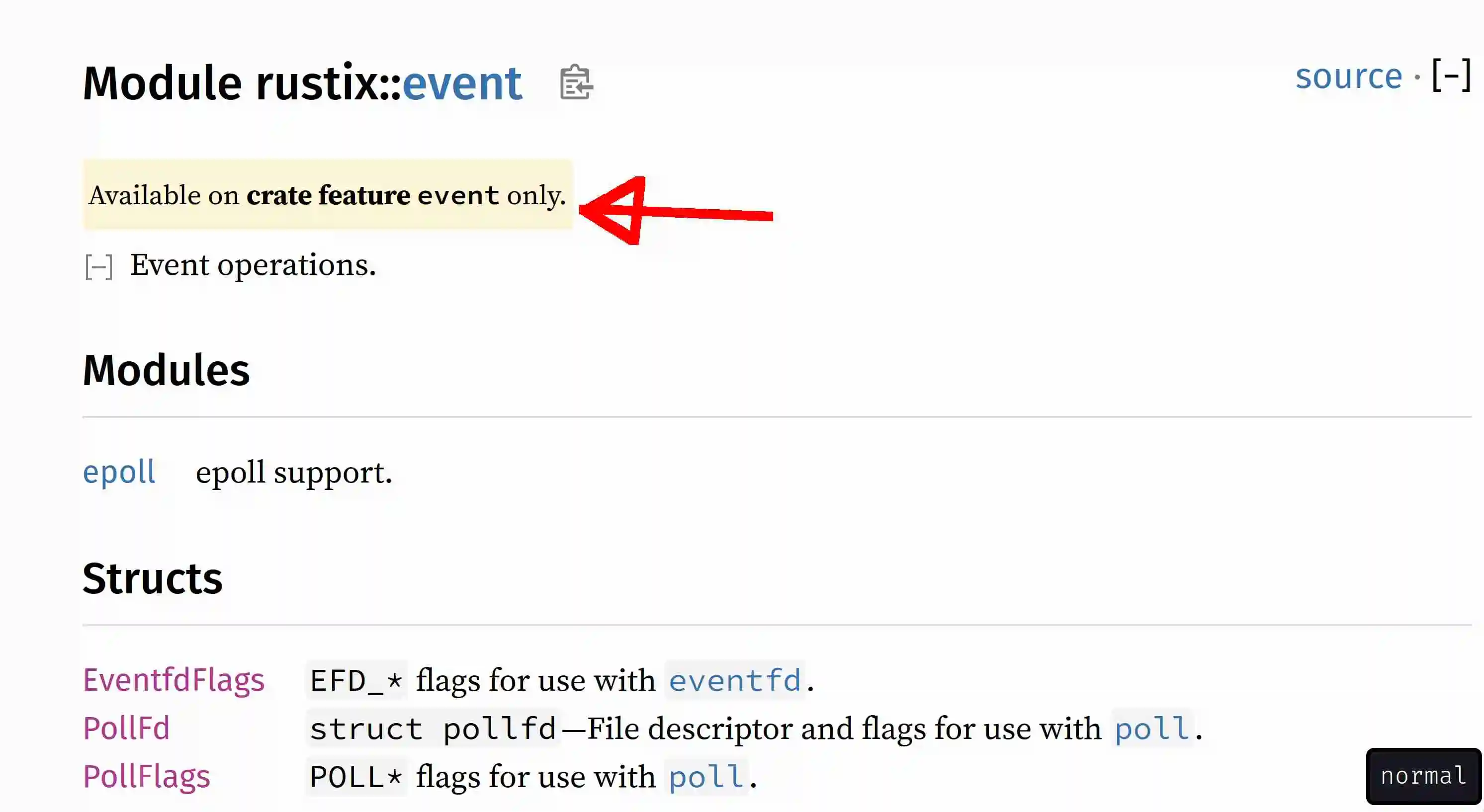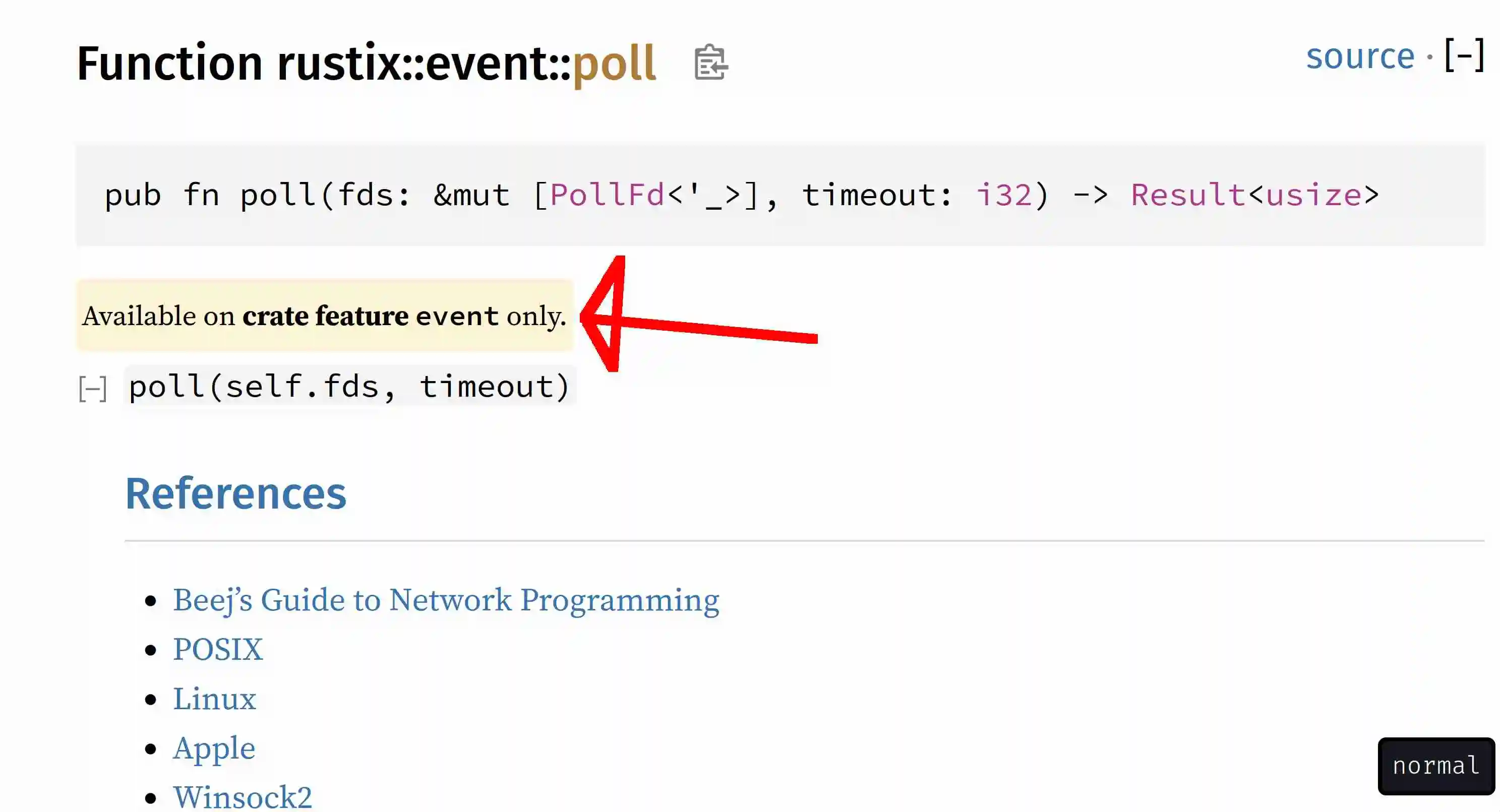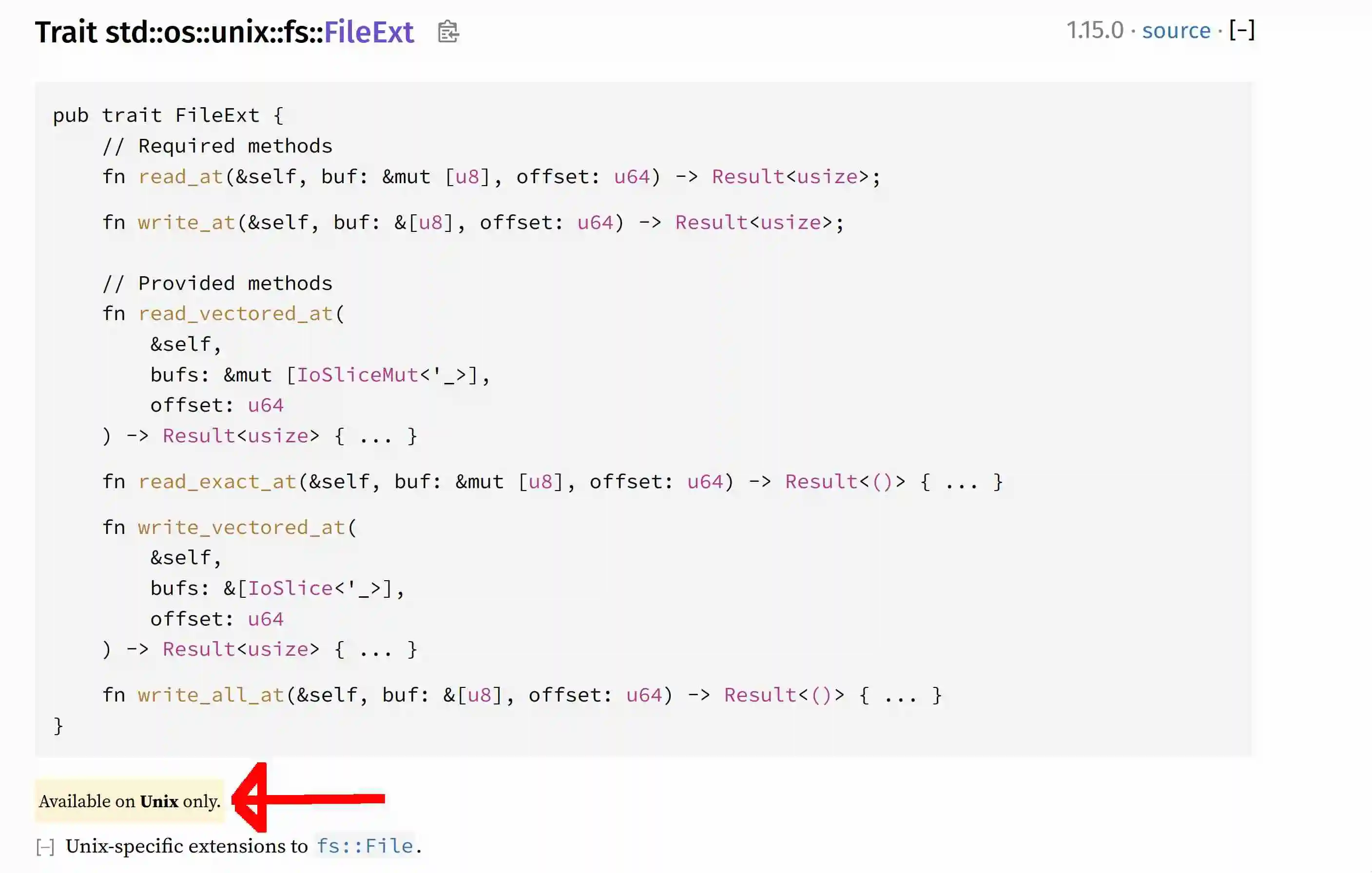Here is an originally random list (using cargo tree --prefix=depth) with some very loose logical grouping. Wide-scoped and well-known crates removed (some remaining are probably still known by most).
mime data-encoding percent-encoding textwrap unescape unicode-width scraper
arrayvec bimap bstr enum-iterator os_str_bytes pretty_assertions paste
clap_complete console indicatif shlex
lz4_flex mpeg2ts roxmltree speedy
aes base64 hex cbc sha1 sha2 rsa
reverse_geocoder trust-dns-resolver
signal-hook signal-hook-tokio
blocking
fs2
semver
snmalloc-rs









Blocking work instead of comms.
And being open about it.
How obnoxious!